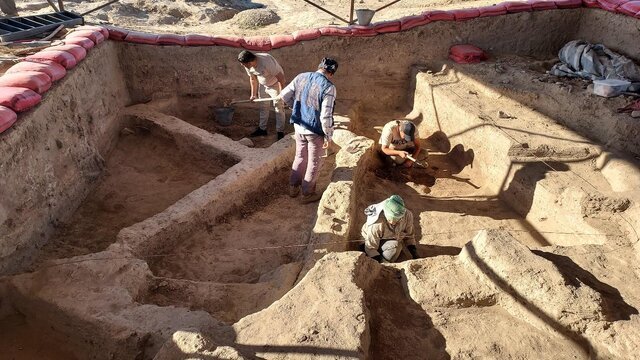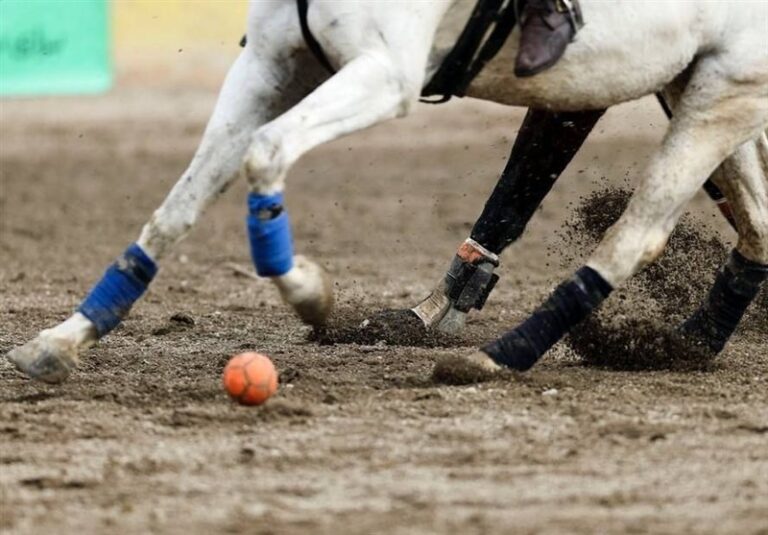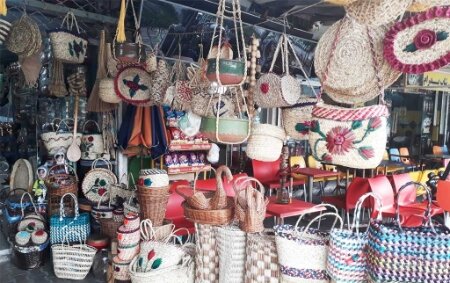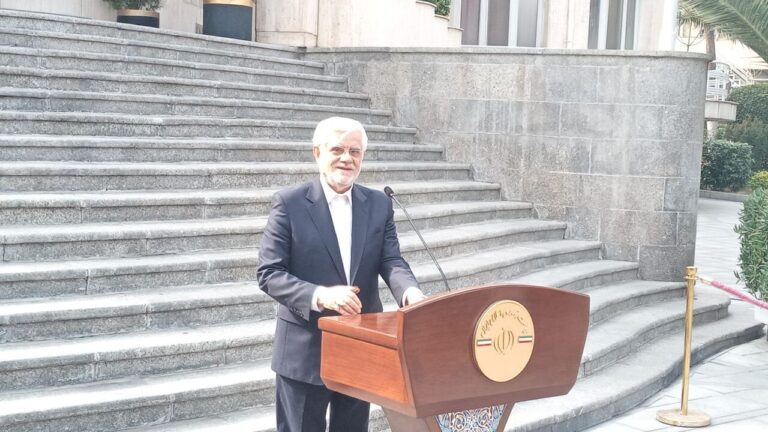Excavation Unveils Secrets at Iran’s Largest Neolithic Archaeological Site
TEHRAN – The third season of archaeological excavations at Chogha Golan, an important Neolithic site nestled in the foothills of the Zagros Mountains near Mehran in Ilam province, has officially commenced. This project, authorized by the Research Institute of Cultural Heritage and Tourism, aims to explore Iran’s largest Neolithic site, as reported by ISNA.
According to Hojjat Darabi, the head of the Chogha Golan archaeological team, this season’s excavation will utilize both vertical and horizontal trenching methods across two designated areas. The primary goal of the excavation is to unearth evidence that dates back to the 9th and 8th millennia BC, which will contribute to a deeper understanding of the origins of agriculture and sedentary lifestyles in the region.
“So far, we’ve uncovered architectural remains made of mudbrick and clay, a substantial number of lithic tools and artifacts, as well as clay figurines and objects,” Darabi stated. “In one architectural space, we discovered six successive plaster floors, indicating multi-generational use of the area by Chogha Golan’s early inhabitants.”
Furthermore, Darabi emphasized the importance of the discoveries made at the site, which include a variety of animal and plant remains from different layers. These findings are anticipated to provide new insights into the domestication processes of animals and plants in the Zagros region and the broader area of Western Asia.
Chogha Golan has previously been studied by a German archaeological team and is significant for its continuous human occupation from the early 10th to the mid-8th millennium BC. “Covering an area of approximately 5.5 hectares, it is considered the largest Neolithic archaeological site discovered in Iran to date,” Darabi added.
“The site’s size and extended occupational sequence make continued excavations at Chogha Golan essential,” Darabi emphasized. “It not only deepens our understanding of early human settlements in Iran but also enhances the country’s position in global prehistoric research.”
The excavation efforts at Chogha Golan are expected to make significant contributions to the field of Near Eastern archaeology as well as the study of early agricultural societies.
- Notable Findings: The site is particularly significant for the early domestication of emmer wheat, dating back to around 9,800 BP.
- Archaeobotanical Evidence: The archaeobotanical remains from Chogha Golan provide the earliest evidence of long-term plant management in Iran.
- Geographical Importance: Situated in a semi-arid region approximately 30 kilometers north of Mehran, Chogha Golan is one of Iran’s earliest aceramic Neolithic sites.
- Subsistence Strategies: The inhabitants primarily relied on hunting and gathering wild plants for sustenance.
Chogha Golan was excavated jointly by archaeologists from the University of Tübingen and the Iranian Center for Archaeological Research in 2009 and 2010. The site features a hill that rises approximately 7 to 8 meters high and contains 8 meters of cultural deposits.
The ongoing excavations at Chogha Golan not only promise to shed light on the early practices of agriculture and settlement but also emphasize the site’s role in understanding human history in a broader context. As researchers continue to uncover artifacts and structures, it becomes increasingly evident that Chogha Golan holds a pivotal place in the narrative of human civilization in the Near East.
In conclusion, the Chogha Golan archaeological site serves as a crucial link to our understanding of the transition from nomadic lifestyles to settled agricultural communities. The findings from this excavation season are poised to enrich the academic discourse surrounding early agriculture and human development, making it a remarkable focus for both scholars and enthusiasts alike.






